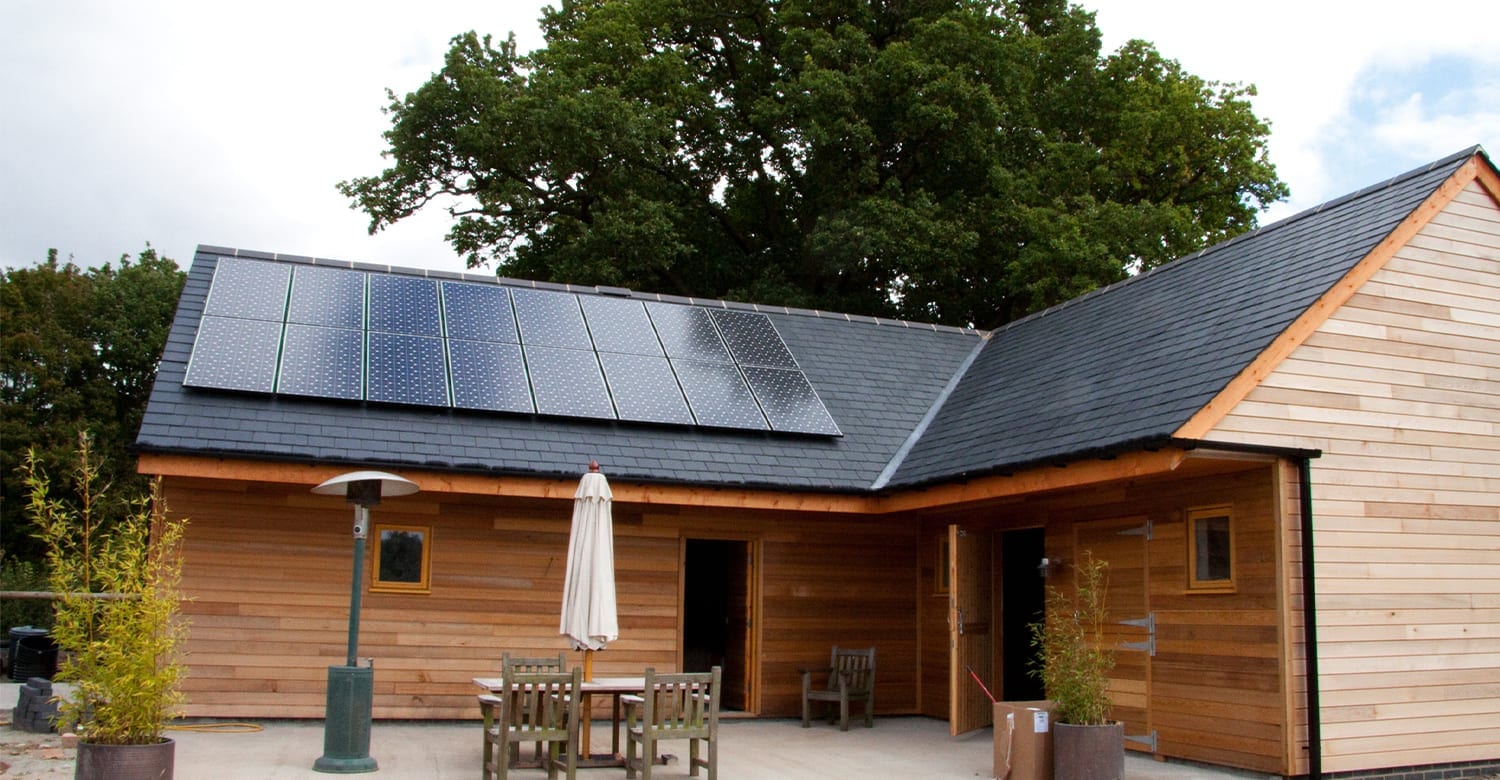Your solar offset is the amount of electricity your solar system produced in a year divided by the total amount of electricity your home actually used that year expressed as a percentage. Solar production measures the amount of electricity your solar system actually produces. Ideally, you want your solar production to be equal to or greater than your electricity usage. But in cases where your utility company compensates you at their export rate, it may make sense to build a smaller solar system that produces about 60% of your usage.
How to determine your solar offset
You will need to find out how much electricity your home used for an entire year. You should be able to get that information from your utility company, it may be shown on your utility bill. Divide your system’s total solar production for that year by that number. For example:
- Your system produced 18,200 kilowatt-hours of electricity (Your solar production)
- You used 20,400 kilowatt-hours of electricity
- Your solar offset would be 89%
Does a 100% solar offset mean that you don’t have to pay for electricity?
Probably not. Utility companies have found several different ways to eat into your solar savings. You will be charged connection fees, and if you live in California, you will pay non-bypassable charges. They may also charge you for electricity using time-of-use (TOU) billing. With TOU billing, the time of day you use electricity determines how much you pay for it. Conversely, the time of day that your solar system supplies electricity to the grid determines how much you will be paid for it.
If your utility company charges higher rates in the evening, when you are using electricity, than it does during the day when your system is supplying electricity, you will still owe money for the expensive electricity you used. Many solar owners are installing home batteries for that reason. The batteries power the home during those expensive peak rate hours.
How to find out what your solar production is
Your solar system’s production will vary depending on what time of the year it is. Solar panels generate 65% of their annual electricity production in the spring and summer. They generate 35% of their annual electricity production in the fall and winter. Because of this seasonal variability, you’ll need to know what a full 12 months of your solar system’s production is to calculate your annual solar production. If your system includes a production monitoring app, that app should give you that information.
Can you add solar panels if your solar offset is too low?
Yes, you can add solar panels to your system if you need more production. Keep in mind that your utility company may set limits on how large your solar system can be. If you choose to have Freedom Forever add panels to your solar system, one of our independent authorized dealers can help you figure out how much capacity can be added to your solar system. They can also help you decide if home batteries would be a good investment for your home.
